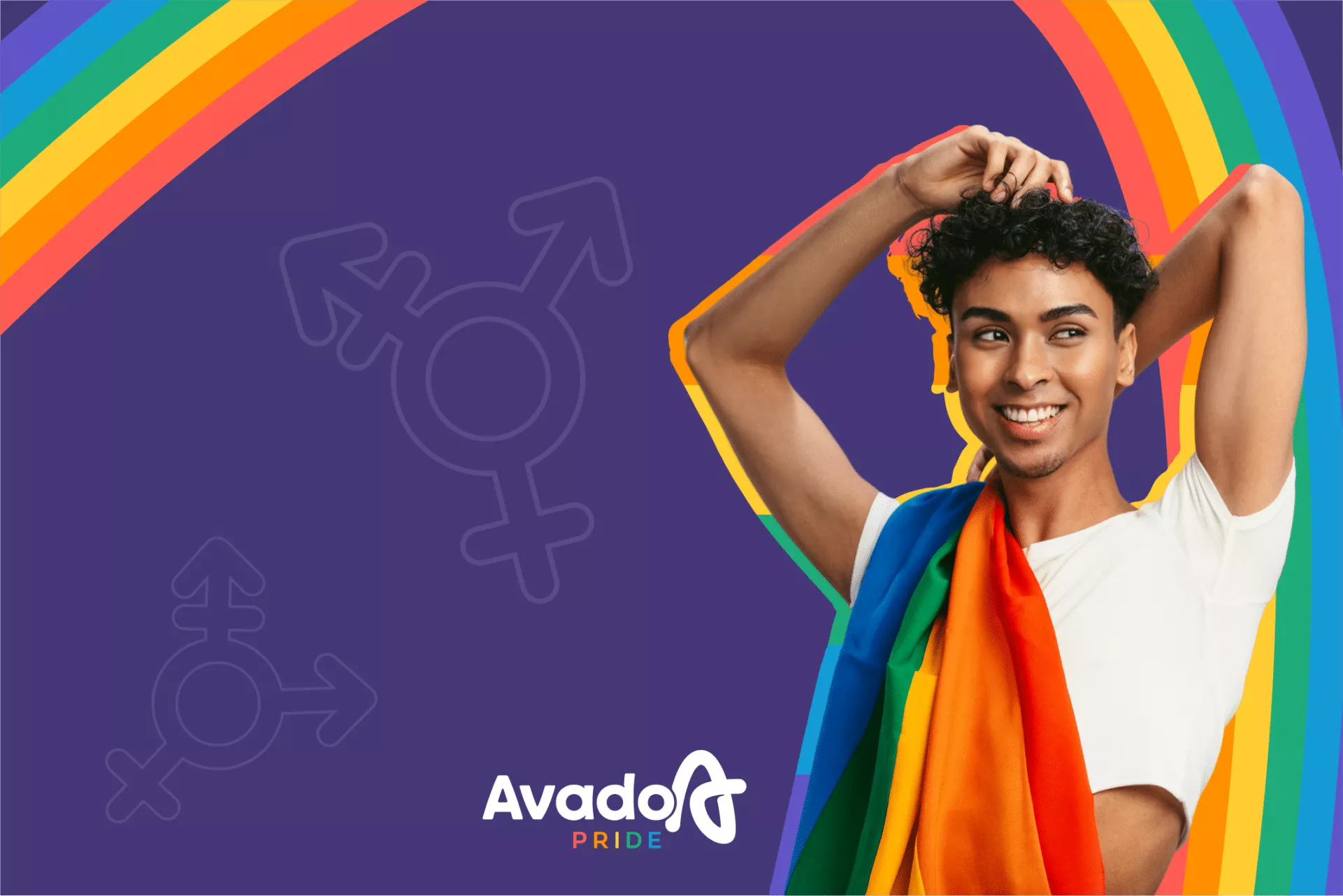You may have heard of the idea that we all respond best to different ways of learning. The seven learning styles is a theory that suggests people learn best in different ways. All the supposed styles tailor towards an individual strength, thought to help a person retain information more effectively. They all focus on one of the five senses or have a social aspect involved. This theory enjoyed significant popularity for a time as it was thought that by finding an individual learner’s style and tailoring teaching to it that their efficiency could be improved. The 7 styles of the theory are as follows: Visual Kinaesthetic Aural Social Solitary Verbal Logical However, more recent studies have debunked this theory as an ineffective way of teaching and highlighted it as a ‘neuromyth’. This Guardian article states, ‘Such neuromyths create a false impression of individuals’ abilities, leading to expectations and excuses that are detrimental to learning in general, which is a cost in the long term.’ In other words, attempting to put learners into boxes and trying to only give them material that matches their “style” isn’t going to make them retain information any better. Most people benefit from a range of teaching techniques, and utilising different learning methods can actually improve learners’ adaptability. Nevertheless, it’s certainly true that there are a variety of learning methods which people respond to. So, just for fun, we’ve produced 7 different explanations of the 7 styles, each using techniques that learners of that style should supposedly find the most useful. Have a look through each one: do you find them all equally engaging? Is there one (or more) that prefer above the others? Maybe you have your own learning techniques that aren’t even covered by any of the “learning styles”! Or perhaps you find one style more useful for this exercise, but when learning German verbs or mathematical formulae you know you prefer another? How effectively we learn isn’t just affected by the medium, but the content too. While the 7 styles theory isn’t going to give you your one definitive style, you might still pick up a few useful techniques for the next time you have to do a spot of revising!









